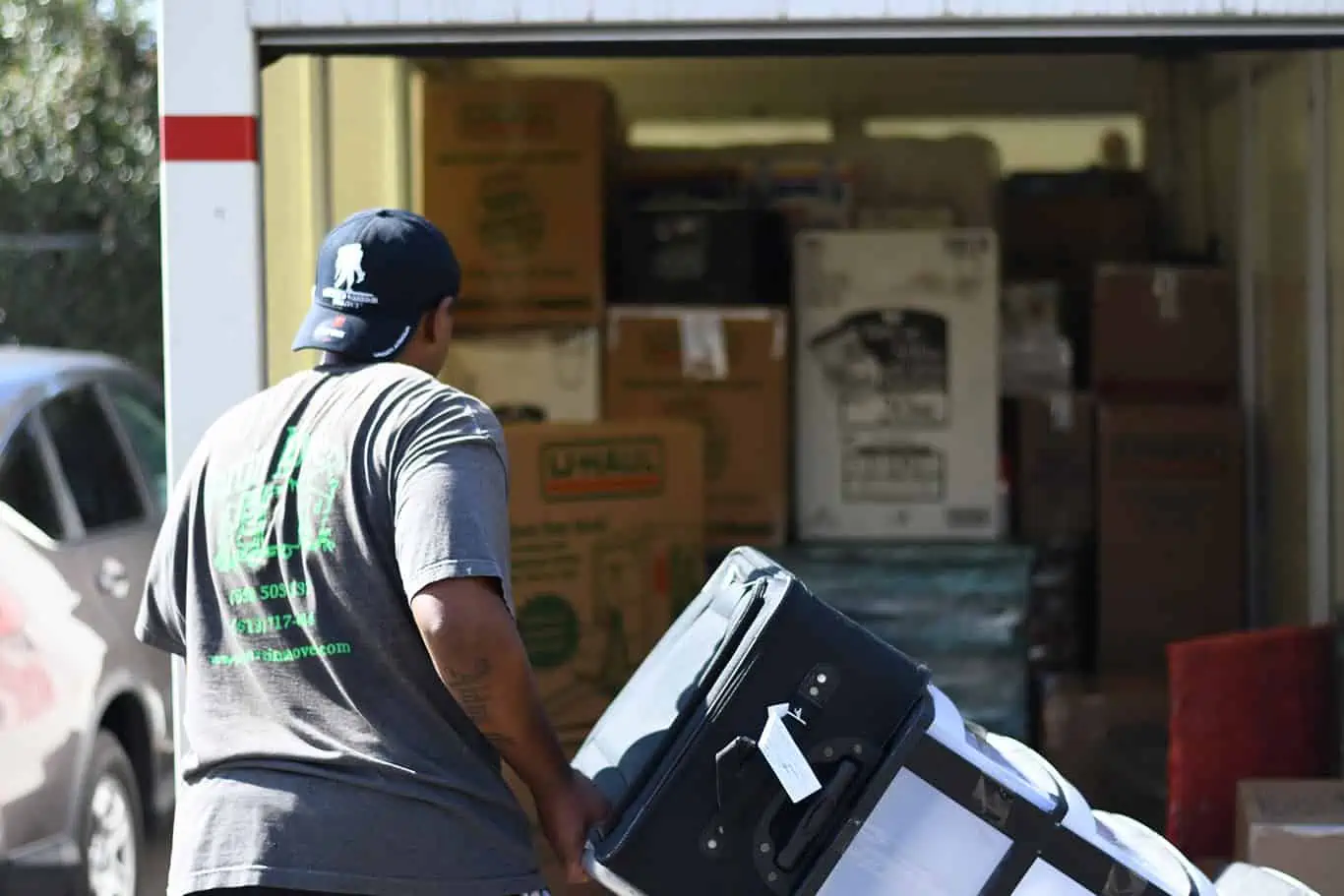The first time I visited Hawaii, I fell in love. After a couple of days of snorkeling, hiking, and eating some of the best food I’ve ever had, I began fantasizing about packing up my home in Los Angeles and moving long-distance to the island of Oahu to live my dream life.
For now, that’s still just a fantasy. But for thousands of people every year, moving long-distance is very much a reality. If you’re considering a long-distance move, you may be wondering how to get all your belongings to your new destination for the least amount of money and headache. That’s where a moving container company may be able to help.
How Do Moving Containers Work?
Moving containers (sometimes called “shipping containers”) are large, portable storage units that can be used to store and move belongings, including over long-distances. They act as a portable storage unit while you get settled in. They are made out of either metal or wood and are weather-proofed to protect your items from the elements.
Typically, after you book, a truck will drop off the container(s) at your home. After you’re done loading (or in some cases, within an allotted amount of days), a driver comes and picks it all up, then drives it all to your new destination. Once you’ve unpacked the container(s), a truck will come to haul everything away.
The smallest sizes hold the equivalent of a studio apartment, while the largest containers can hold three to four bedrooms worth of furniture. Depending on how much stuff you plan to move, you may need more than one container.
The cost of using a moving container is based on several factors:
- The distance of the move
- Size and number of containers
- Length of time you have the containers
- The season
One thing you should know, however, is that moving long-distance is generally more expensive than moving locally. More on that below.
What Is Considered “Long Distance,” Anyway?
Usually, any relocation over 100 miles is considered “a long-distance move”.
Here’s some lingo to know: if you’re moving within your own state, it’s known as an “intrastate move”. Moving across state lines is an “interstate move”. And if you’re relocating somewhere several states away, it’s often known as a “long-haul” or “cross country move”.
Knowing the difference between these types of moves will help you research moving companies and get an accurate quote.
Are Shipping Containers Better than Moving Trucks?
You might be wondering how using a shipping container is different from renting a moving truck. There are a few similarities, but also a few key differences.
Shipping containers allow you to take more time packing, unpacking and even storing your belongings. In fact, it’s possible to rent a moving container for several months! For that reason, moving containers usually cost a lot more than trucks, so you should really take advantage of it if you go with one.
You also put the driving in someone else’s hands. If you don’t want to drive a big truck, this is a huge perk. Once your belongings are packed and on their way to the new destination, you can’t access them.
A moving truck, on the other hand, means you are in control of every part of the move. That could be a good thing or a bad thing, depending on your goals. You are responsible for transporting your items from your old place to the new destination, but you can also access your stuff at any point if need be. Though renting a moving truck is cheaper, you also don’t have the added benefit of extra time or storage.
Pros and Cons of Using A Moving Container For Your Long-Distance Move
If you’re weighing the decision to use a moving container for your long-distance move versus going with a truck or full-service movers instead, here’s a look at the major pros and cons.
Long Distance Moving Container Pros
Cheaper than hiring full-service movers: One of the biggest benefits of using a shipping container is the savings. It can cost anywhere from $1,200 to $5,000 on average, or more, to hire movers for a long-distance move, according to Consumer Affairs. However, that cost can greatly increase if you have several rooms worth of furniture to move, many miles to travel, extra stops to make, specialty items, added materials, storage and more. Shipping containers, on the other hand, on average cost around $2,000 to $3,000, with storage included.
Storage at your new destination: Speaking of storage, it’s one of the biggest benefits to using a shipping container for your long-distance move. Not only can you pack up at your own pace, you can keep your items in storage while you get your new place in order. Renting a truck or movers, on the other hand, means you have to stick to a tighter schedule and have everything unloaded right away. No need to have to perfectly coordinate movers to the minute!
Love Your Long Distance Move
We’ve helped over 450,000 families move nationwide.
Join our long list of happy customers who loved making a long distance move with HireAHelper.
Long Distance Moving Container Cons
You have to do the heavy lifting: Getting an entire house packed up and ready to move long-distance can be time consuming and exhausting. Not to mention, it takes strength and a few helping hands to get everything from Point A to Point B. If you want to focus on other aspects of your move and leave the major work to professionals, hiring labor from a moving company to load and unload your container may be the better choice, and might still cost less overall than full-service van lines.
They take up space: Neighbors won’t appreciate having their parking spaces or driveways blocked by the container. That means you’ll need a driveway or other large space where the moving container can sit as you pack up your home, as well as unload furniture at your new destination. Or if you’re moving to a busy city, you’ll need a permit ahead of time to place one for any amount of time. Plus, even though moving containers lock up, it’s a good idea to have yours in a secure area.
What Are The Best Moving Container Companies For a Long Distance Move?
Keep in mind that not all moving container companies will do long-distance moves. Below are some of the top companies that do!
PODS
Short for “Portable On-Demand Self-Storage,” PODS is one of the more expensive companies on the list. However, they’re known for durable containers and have the most locations by far.
- Container material: Steel
- Container sizes: 16′, 12′, and 7’
- Average long-distance move cost: $3,352
1-800-PACK-RAT
This company is similar to PODS in the cost, sizes available and number of locations. However, 1-800-PACK-RAT is more spread out geographically, meaning there’s likely a facility near you to speed up pick up and delivery.
- Container material: Steel
- Container sizes: 16′, 12′, and 8’
- Average long-distance move cost: $3,551
U-Pack
U-Pack only offers one size of moving containers through its Relocubes long-distance moving service. You also have only three days on either end of your move to pack and unload. The plus side is that this makes it much more cost-effective to move long-distance.
- Container material: Metal
- Container sizes: (one size) 6’3” x 7′ x 8’4”
- Average long-distance move cost: $2,393
U-Box/U-Haul
You may know U-Haul for its orange moving trucks. For long-distance moves, the company offers its U-Box service, which only offers one size of container that’s not quite as durable as some metal options. However, it also provides flexible billing and live container tracking.
- Container material: Plywood with weatherproof cover
- Container sizes: (one size) 95″ x 56″ x 83.5″
- Average long-distance move cost: $2,850

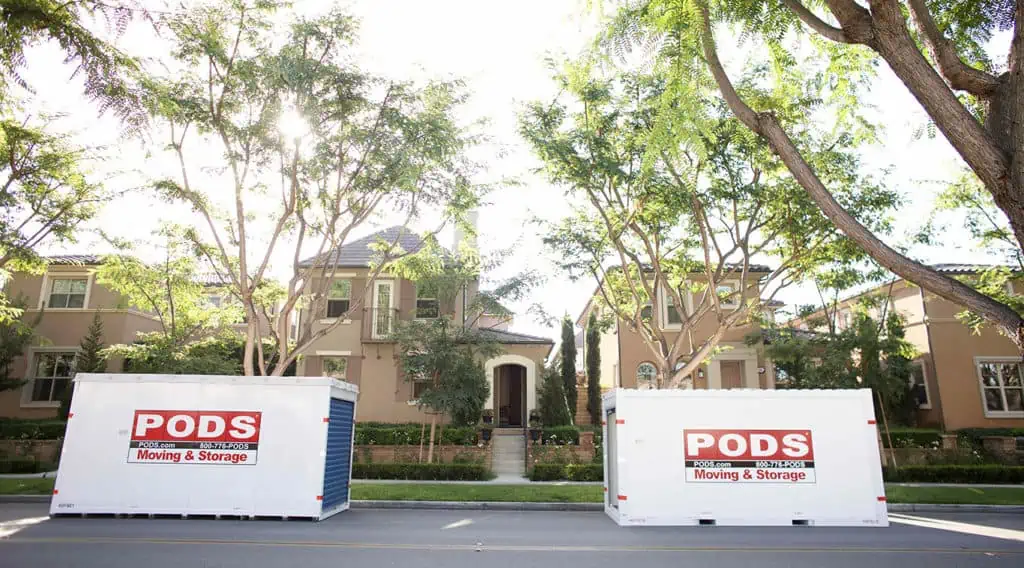
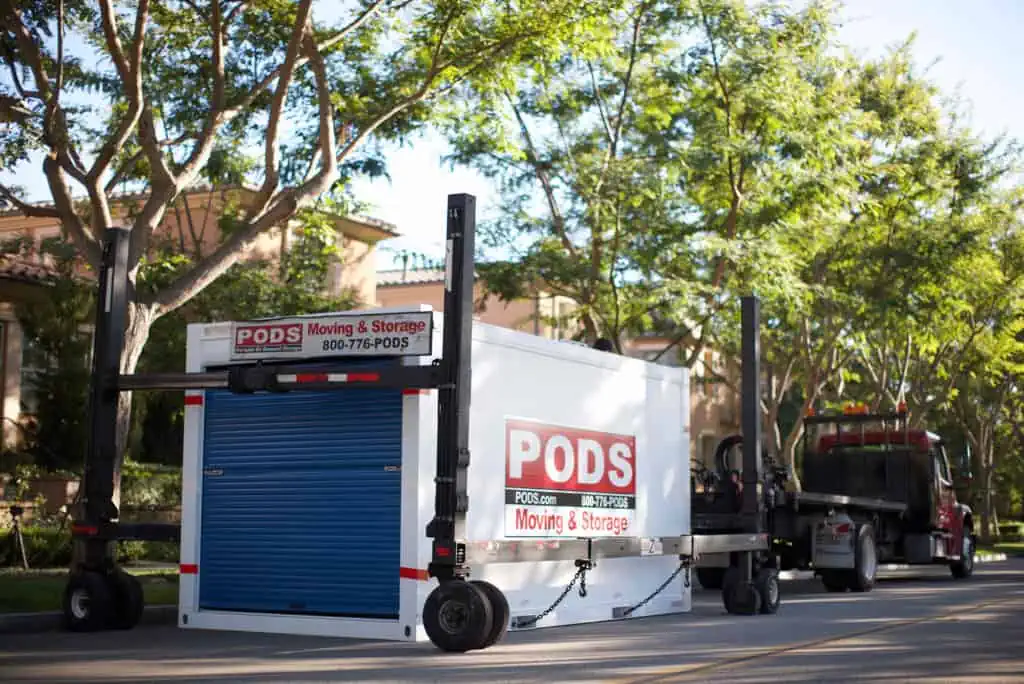




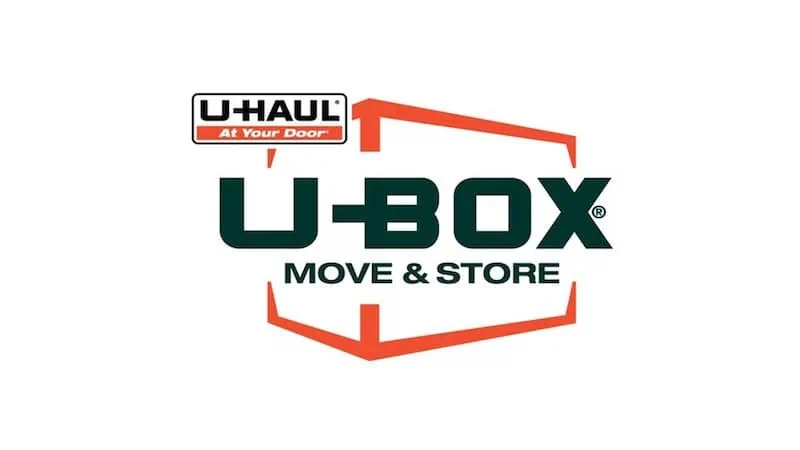
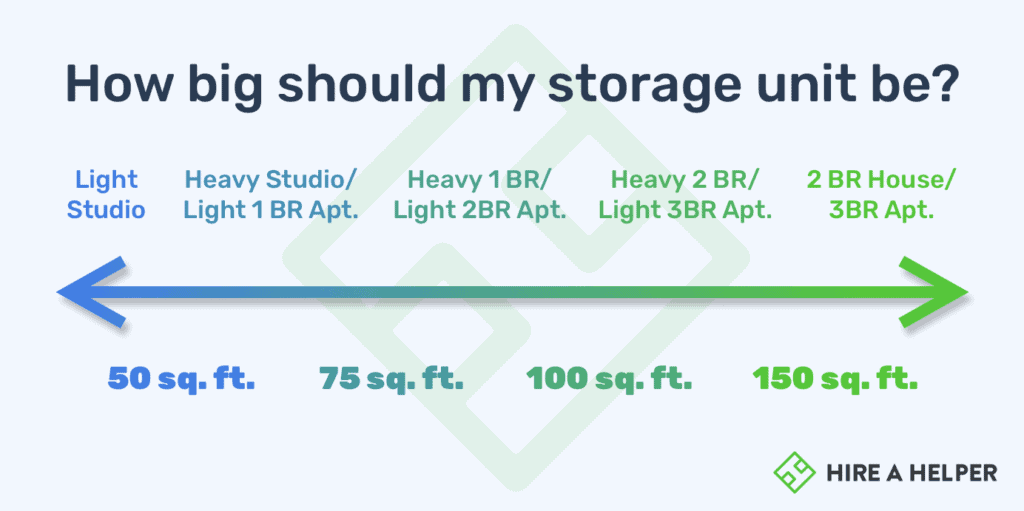
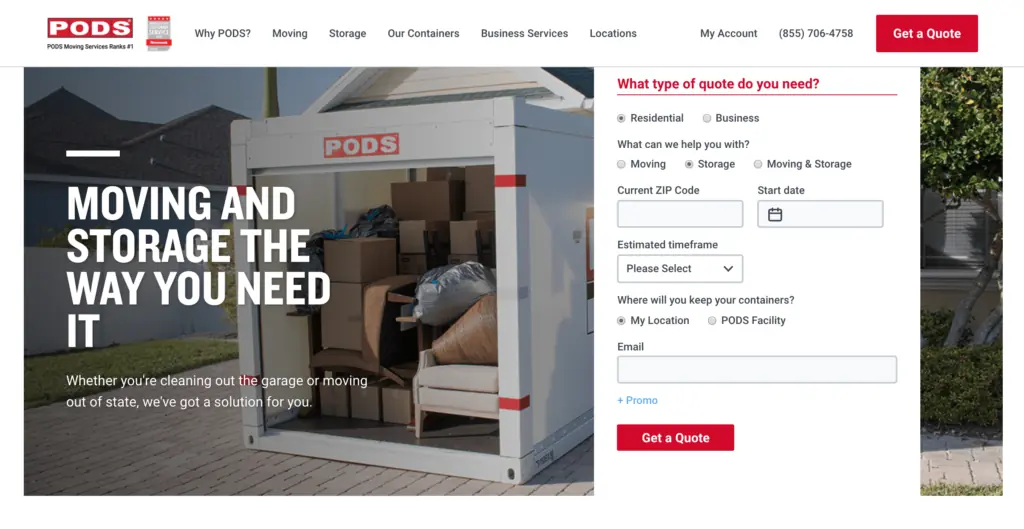
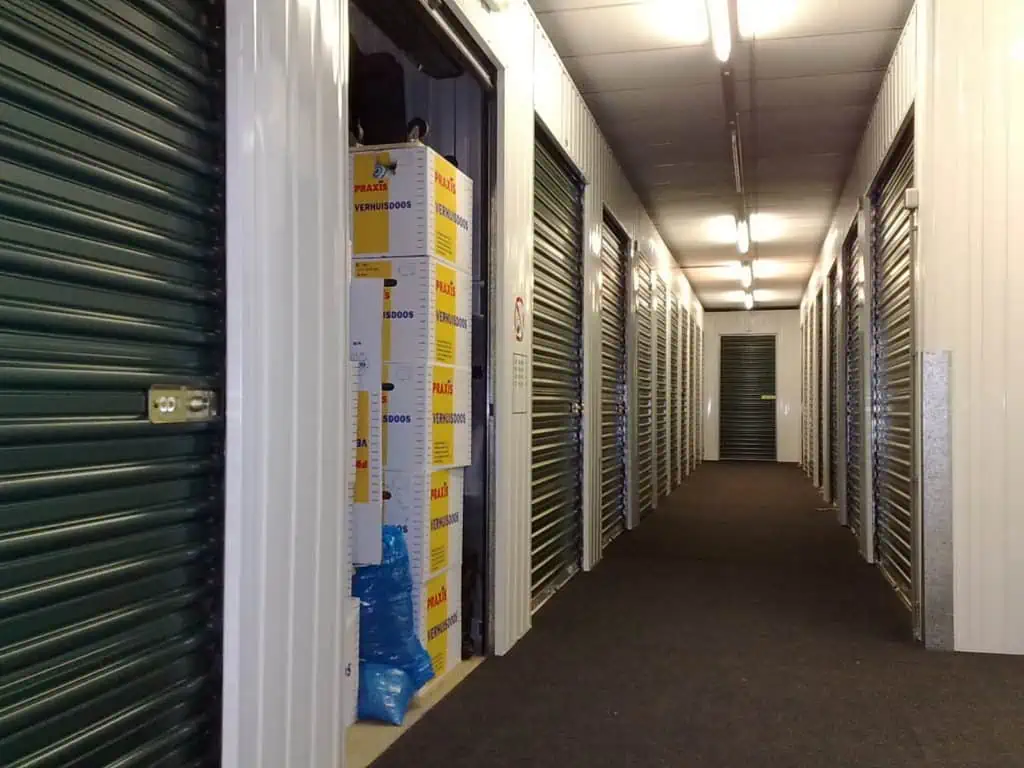
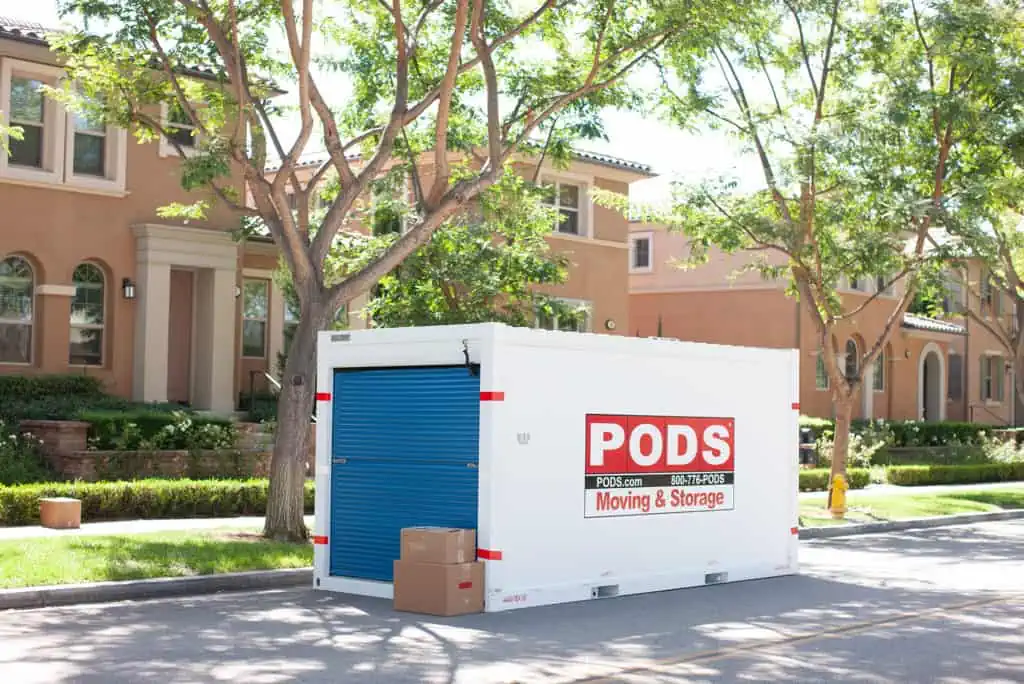

 PODS offer customers the chance to rent up to three different sized containers based on their needs. Others, such as Smartbox, rent out just one size container. (In their case, it’s 8 feet wide and 7 feet tall.) Containers are also made of different materials, depending on which company you choose. PODS are steel-framed. U-Pack’s containers are made of “weatherproof metal.” Some others are made of wood and usually include some weatherproof type of covering instead.
PODS offer customers the chance to rent up to three different sized containers based on their needs. Others, such as Smartbox, rent out just one size container. (In their case, it’s 8 feet wide and 7 feet tall.) Containers are also made of different materials, depending on which company you choose. PODS are steel-framed. U-Pack’s containers are made of “weatherproof metal.” Some others are made of wood and usually include some weatherproof type of covering instead.
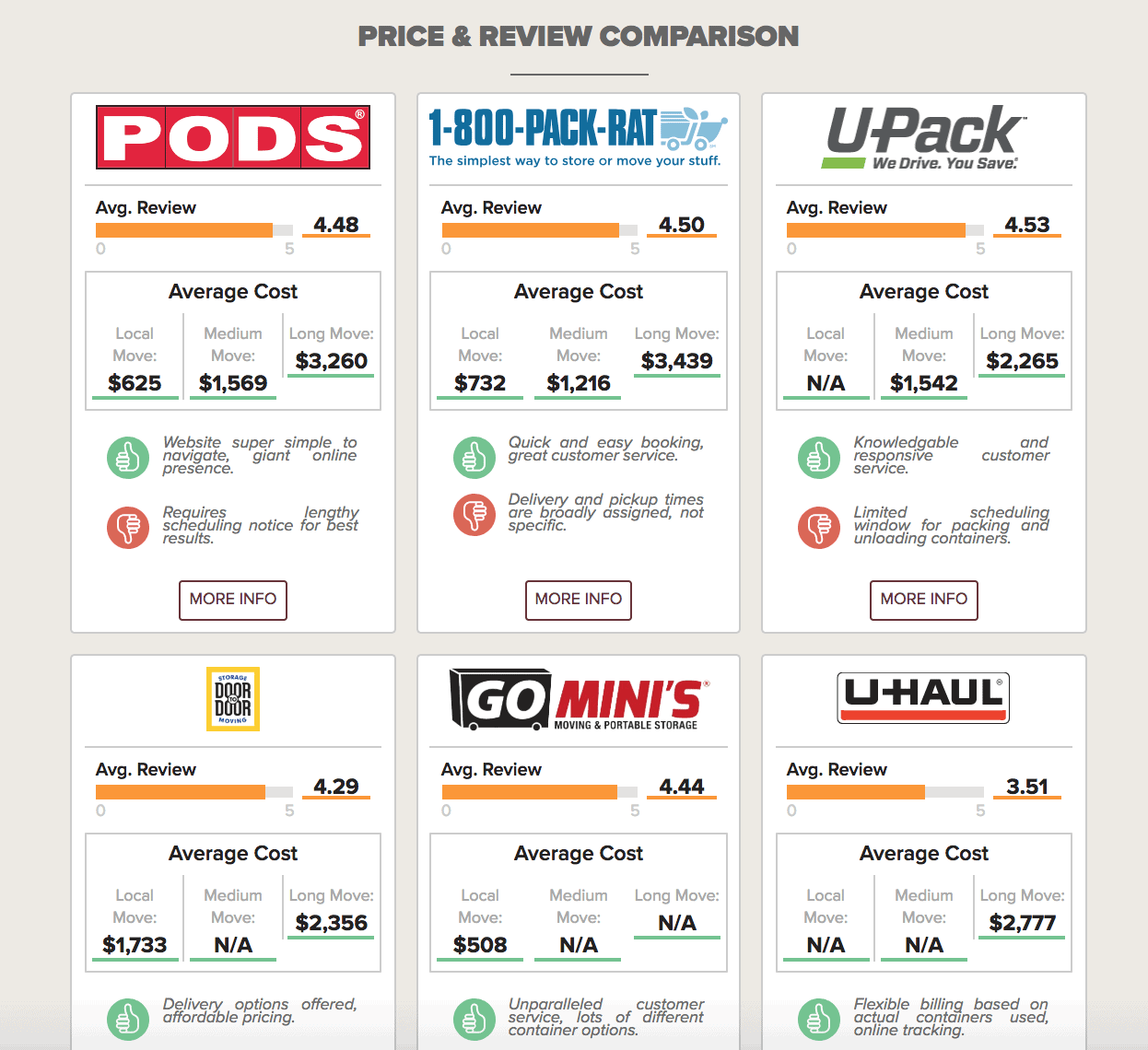
 But there’s a catch with that flexible schedule. Sure, you can keep the container for long periods of time.
But there’s a catch with that flexible schedule. Sure, you can keep the container for long periods of time. 